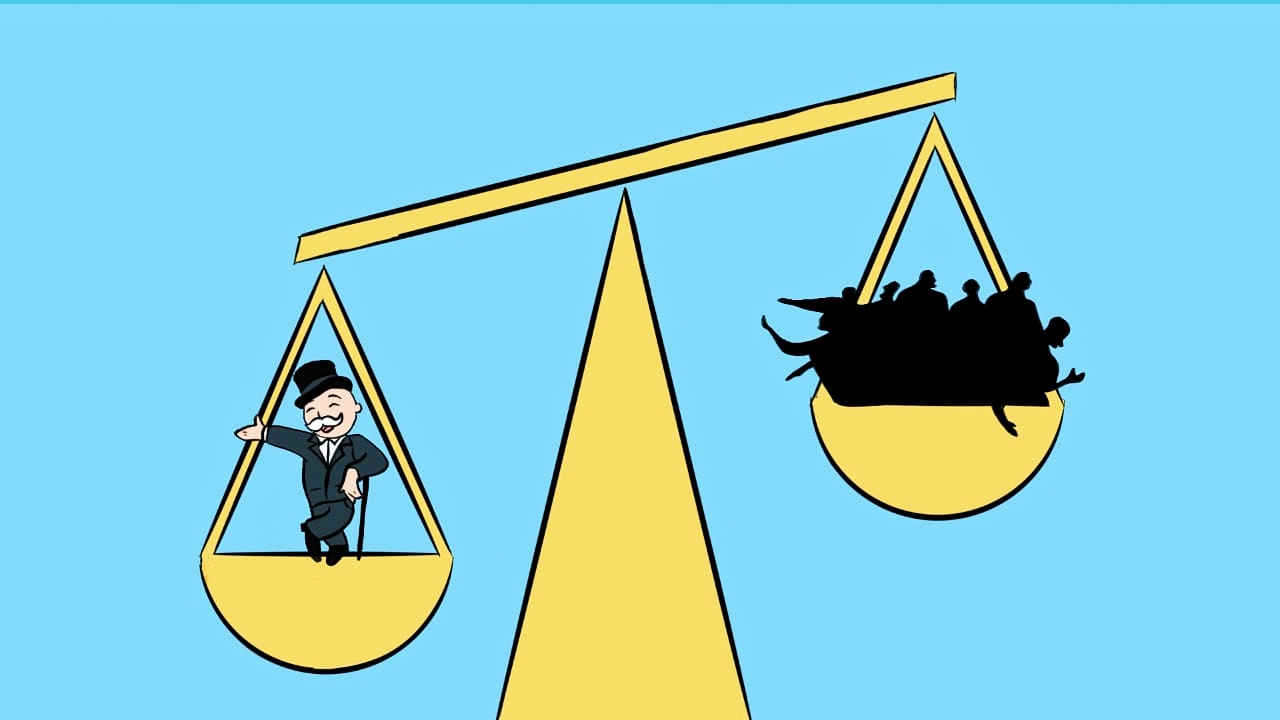
Most people have played the board game Monopoly. The rule of the game is simple: the person with the most amount of money wins the game and becomes a monopolist. Similar is the situation here in the market form of monopoly, in which there is a single seller of a product with no close substitutes.
For instance, the Indian Railways is a monopoly. Since there is only one producer of a product in the market, the distinction between a firm and industry disappears, as an industry is a group of firms producing a particular product. This has been changing recently with the introduction of some privately run trains and the possibility of more in the future.
What are the features of a monopoly?
- One seller and a large number of buyers- Under a monopoly, a single seller has control over the market. They could also be alone or there could be a bunch of partners, company or states. However, there is a large number of buyers for the product. Google has become a household name and whenever we want answers online, we probably start Googling for the answer. This biggest web searcher can be considered as a monopoly, as it controls more than 85% market share.
- Restriction on the entry and exit- Restriction on the entry of new firms to enter the industry help monopolists earn extra-normal profits, both in the short-term and long-term. Generally, there are patent rights granted to a monopoly firm. A firm has exclusive control of a technique of production or over the raw material needed for production.
- No close substitutes- Monopoly firms provide a commodity or service that has no close substitutes. They produce goods that cannot be used in place of one another.
- Full control over price- The monopolist enjoys full market control, being the only producer or service provider. They can fix the price of the product, as per their will; thus, the monopolist is also known as a price-maker.
- Price discrimination- A monopolist may charge different prices for different buyers for the same product. There are different degrees of price discrimination involved.
There are different kinds of price discrimination:
- 1st degree- It is when the monopolist charges the maximum price consumers are willing to pay.
- 2nd degree- It is when different prices are charged, depending upon the quantity or the choice of the consumer. This is also called indirect price discrimination.
- 3rd degree- It is when different prices are charged, depending on a particular market segment, like age and income group. This is direct discrimination.
- 4th degree- It is when the consumer is charged the same prices but the cost of production varies for the producer. This is reverse price discrimination.
How does the situation of a monopoly arise?
There are many reasons a monopoly could arise, such as:
- Patent Rights- This enables only the person who acquired the right to sell the particular good and this creates the structure of a monopoly.
- Cartels- The formation of cartels (a group of competing firms in the market) could create a monopoly. This is possible when the number of firms is small, giving monopoly control to the cartel over the market.
- Government Control or Licensing- The government may grant a license to manufacture a commodity to a particular producer, due to which a monopoly comes into existence.
In recent times, there is a lot of competition and profit margins have shrunk. Finding monopolies have become harder and harder, at least on a global scale. This is advantageous to the consumer, since it ensures that power is distributed and prices are fair. Still, monopolies make for significant and important economic market structures.
